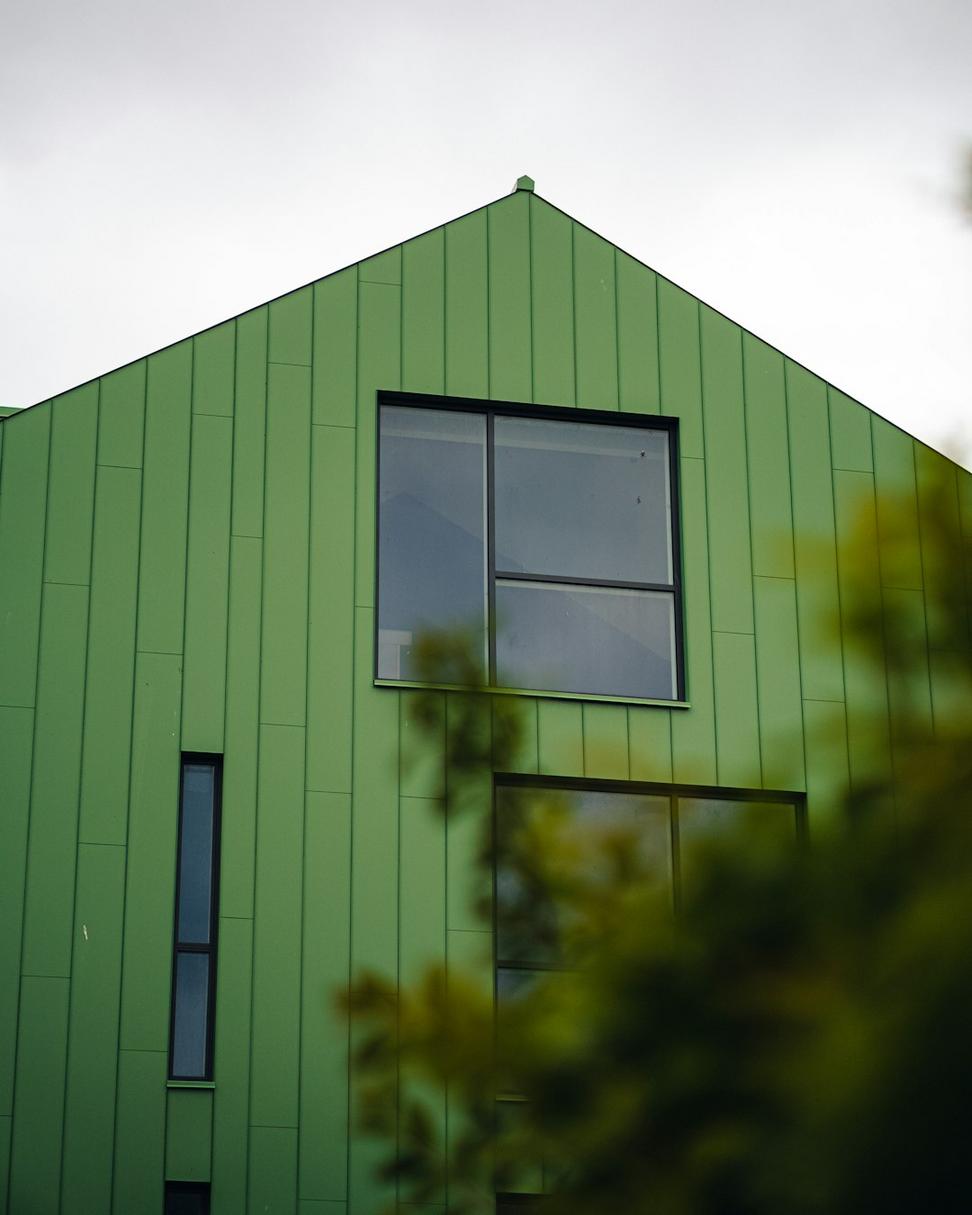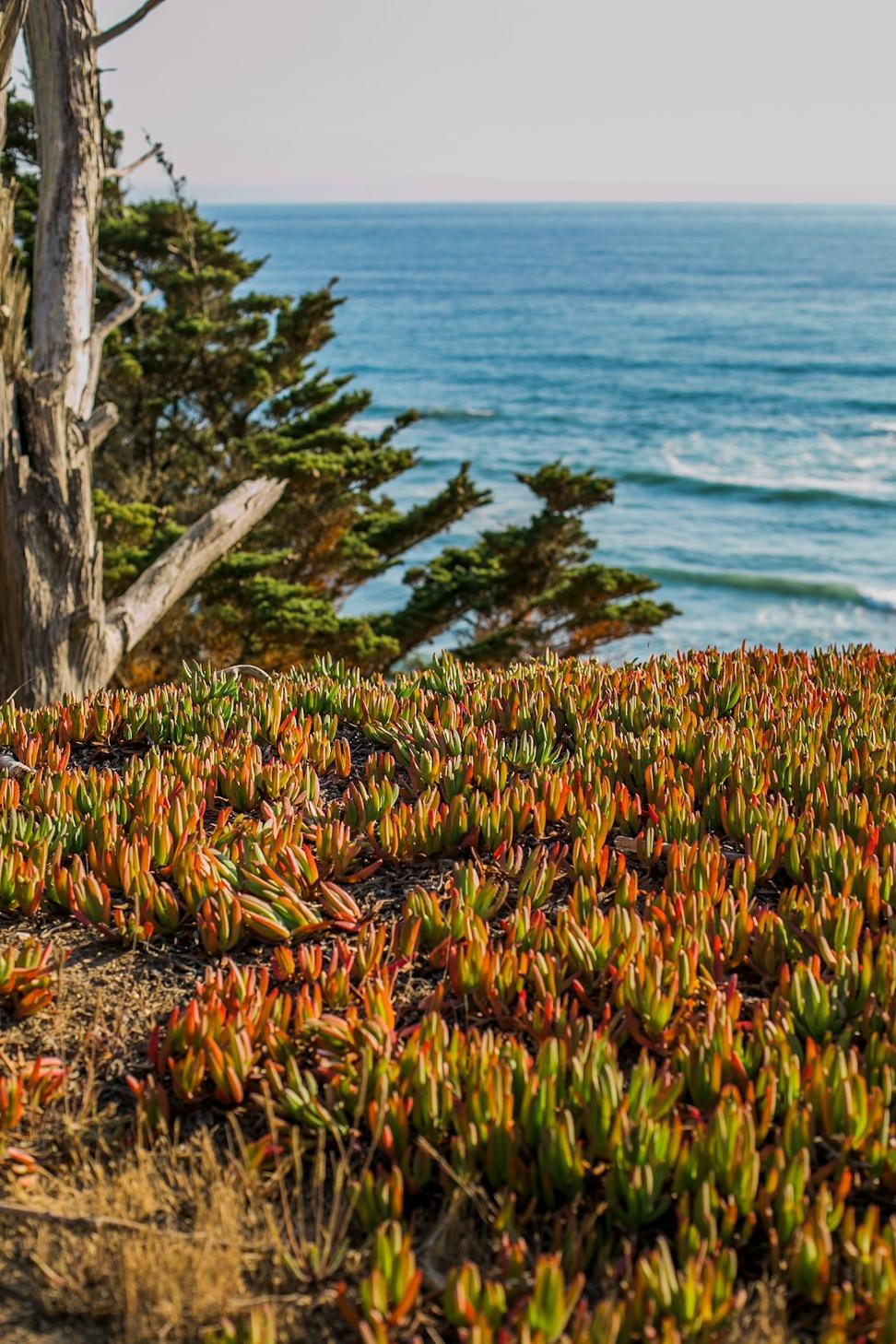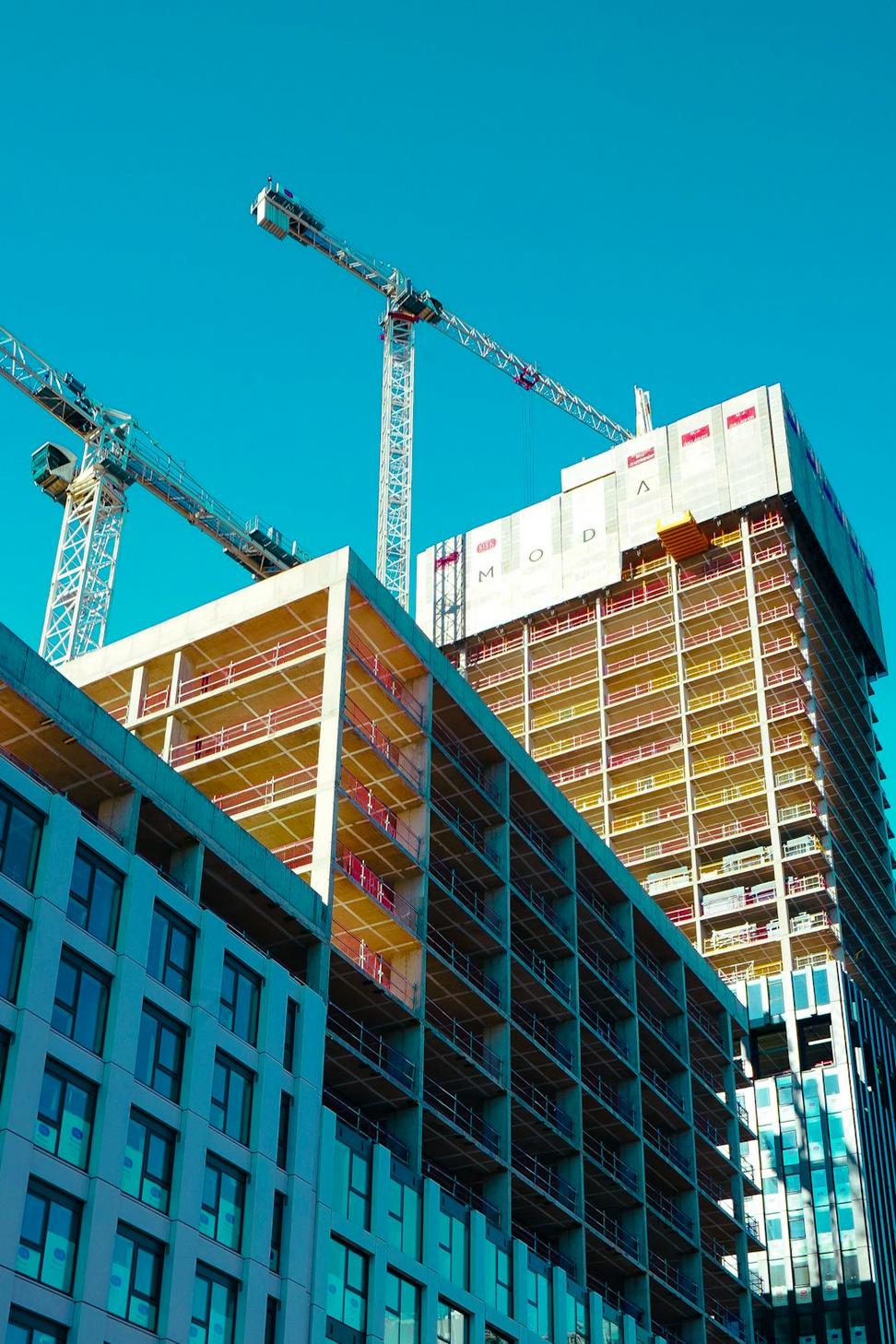
Why We're Obsessed With Sustainability
Look, we've been doing this for years now, and there's something that keeps us up at night - knowing that what we build today is gonna be around for decades, maybe centuries. That's a big responsibility when you're working on sensitive coastal environments.
Started out thinking green building was just about checking boxes for certifications. Boy, were we wrong. It's become this whole mindset shift - every material choice, every design decision, it all ripples out into the ecosystem.
Our waterfront projects sit right at the intersection where land meets water, and that's probably the most fragile zone you can work in. We've seen firsthand what happens when buildings ignore natural drainage patterns or mess with local vegetation. Not pretty.
"Every project we take on, we're asking ourselves: what's this gonna look like in 50 years? Will the shoreline still be healthy? Are we adding to the problem or helping solve it?"

